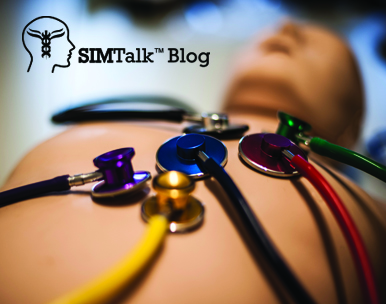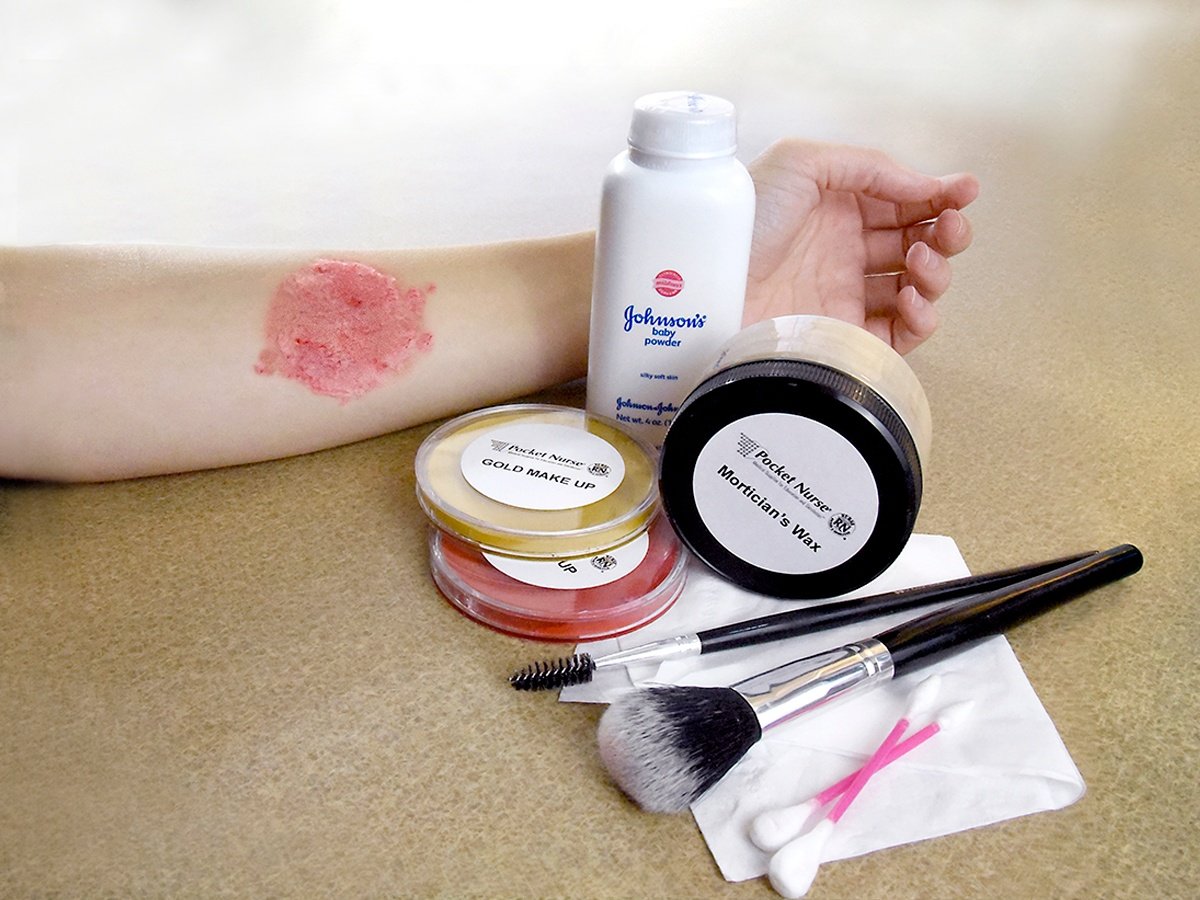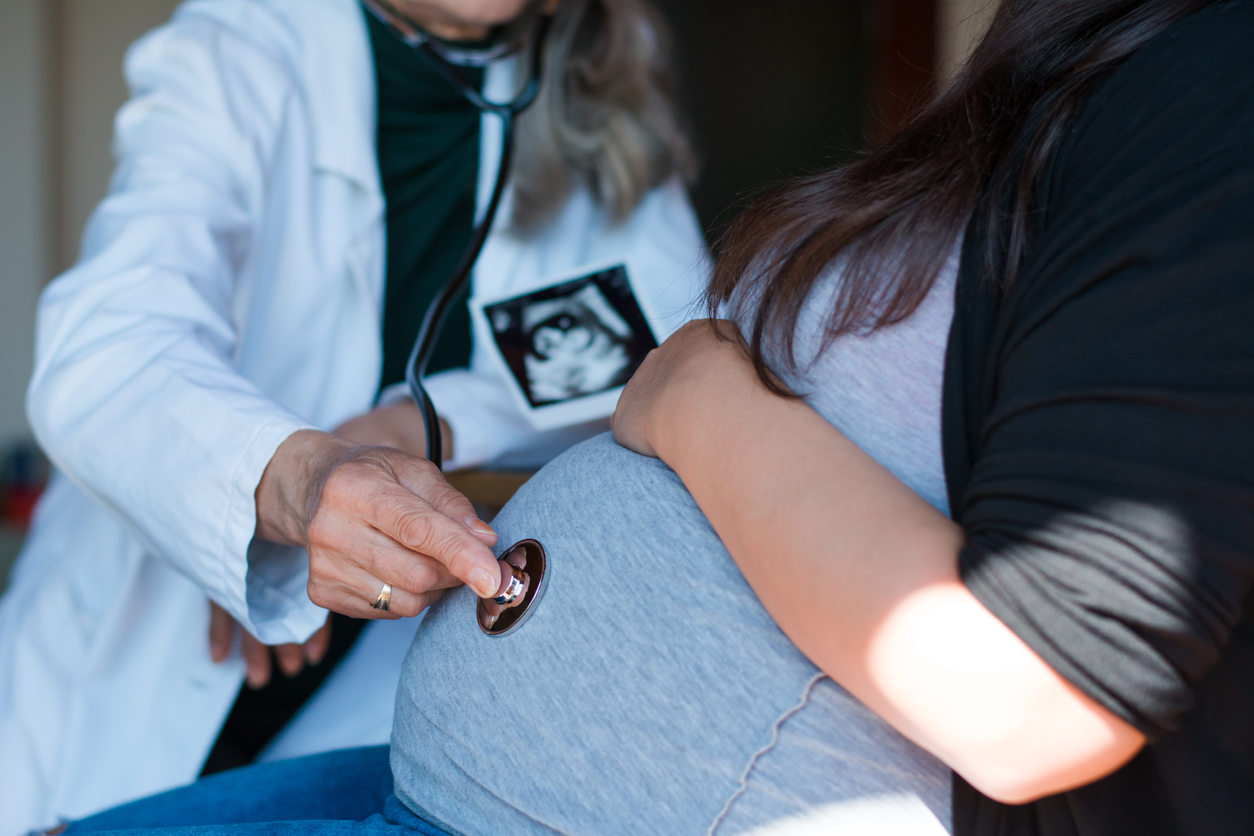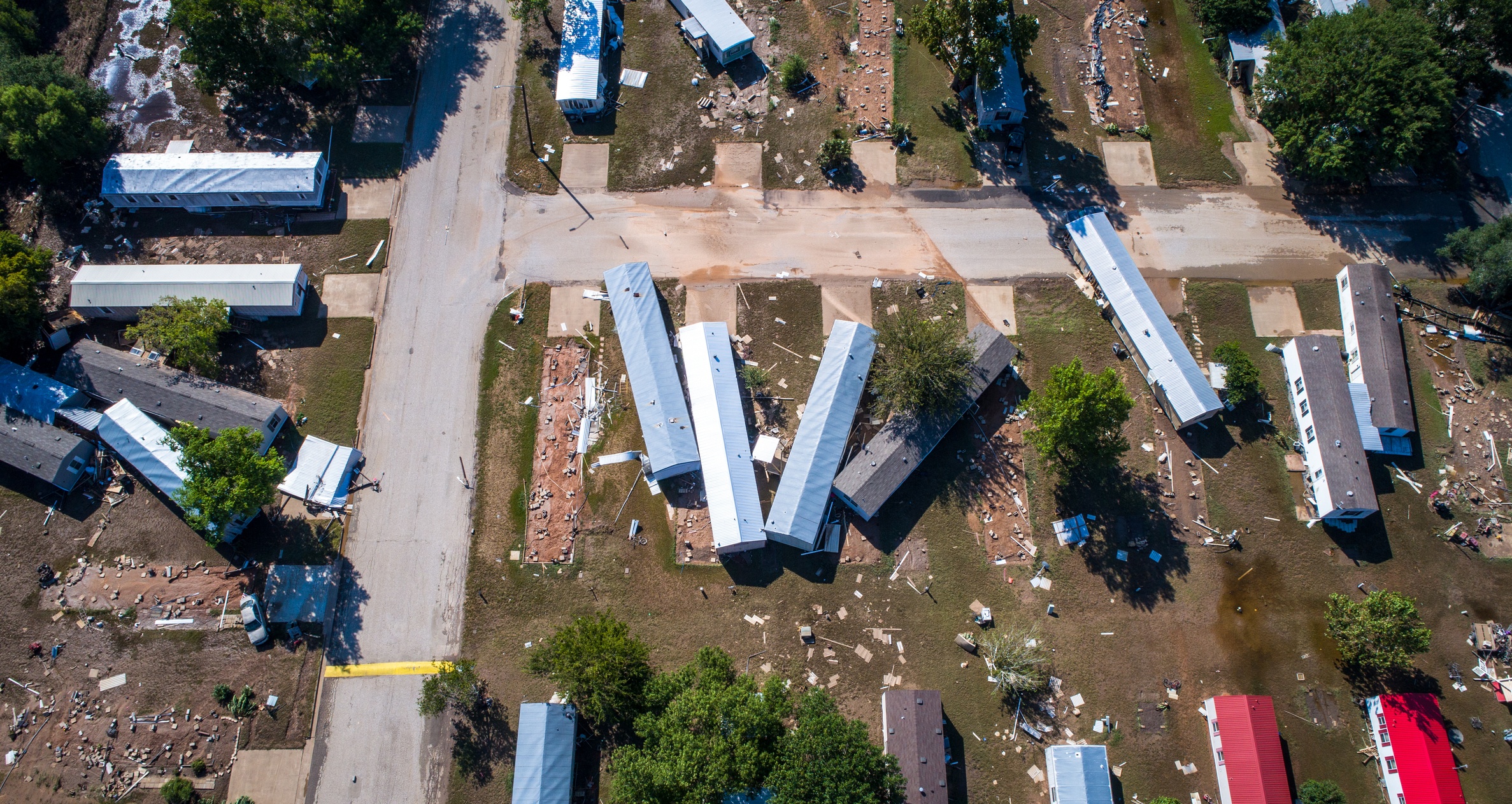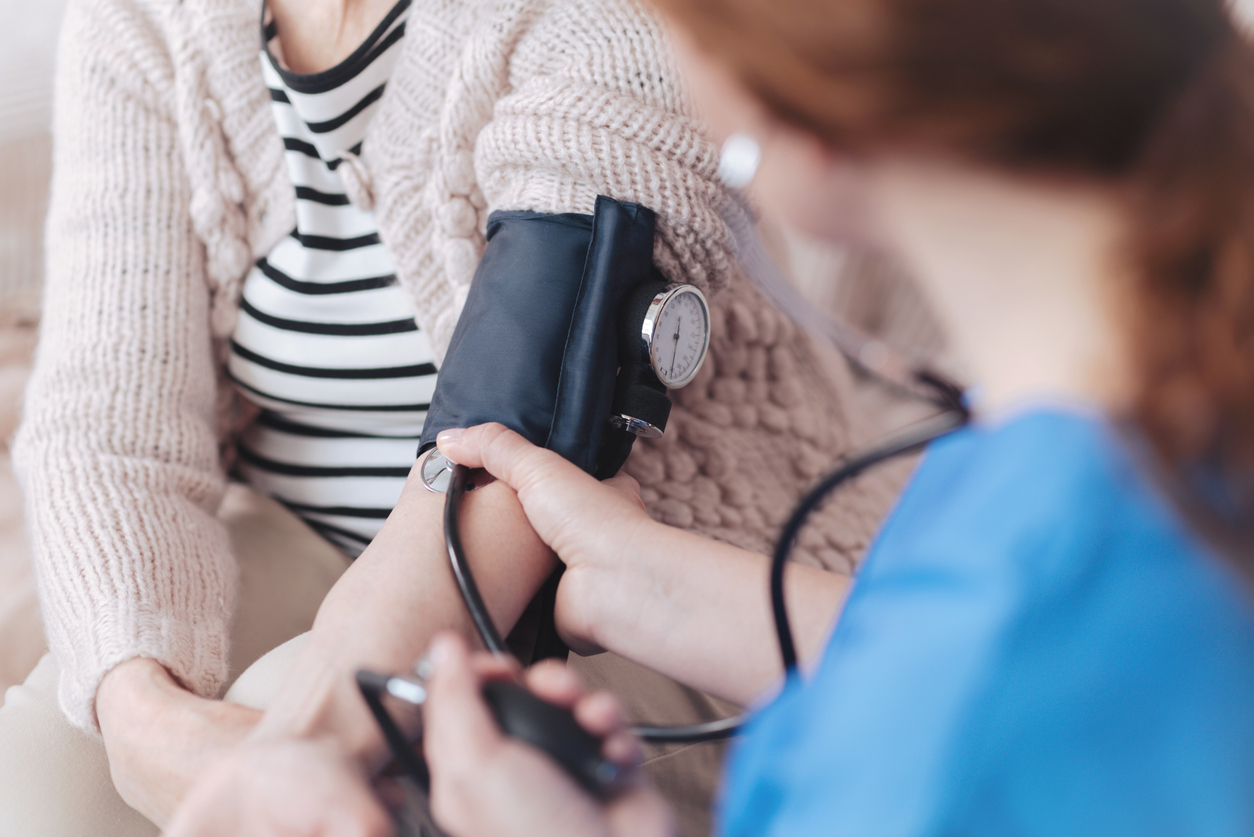
Healthcare providers and educators have a new challenge facing them: The Wuhan Coronavirus. Let’s look at some information about the virus and talk about way to educate students and providers to protect themselves.
What is it?
The 2019 novel coronavirus (2019-nCoV), or Wuhan coronavirus, is an infectious respiratory disease that began in Wuhan, China in December of 2019 and is now spreading worldwide. According to a recent CNN report, the current death toll stands at 106.*
According to the Centers for Disease Control and Prevention (CDC), common human coronaviruses cause mild symptoms similar to the common cold:
- runny nose
- headache
- cough
- sore throat
- fever
- a general feeling of being unwell
Historically, some types of coronavirus have caused more severe symptoms like fever, cough, and shortness of breath, chills, and body aches. These can often lead to pneumonia, especially in vulnerable populations.
Why is it so dangerous?
A coronavirus is a type of infectious disease named after the microscopic spikes that protrude from its membrane. The mortality rates of past coronaviruses have exceeded the common flu, which kills approximately 35,000 people a year.
The virus can be spread before any symptoms appear, and it is spreading quickly. In addition to almost 3,000 confirmed cases across China, the virus has been confirmed in Japan, South Korea, Nepal, Hong Kong, Macao, Singapore, Malaysia, Vietnam, Australia, France, and the United States.
The first confirmed case in America was reported by NPR on January 21 in Everett, Washington. Since then, there have been confirmed cases reported in California, Arizona, and Illinois.
The Wuhan coronavirus is sparking memory of the severe acute respiratory syndrome (SARS) epidemic in 2002 and 2003. That epidemic also began in China, eventually killing over 800 people worldwide.
What does this mean for emergency responders?
While risk of infection in the United States remains low, EMS news sites have urged caution among dispatchers, providers, and hospital personnel.
Dispatchers should be aware of symptoms and prepared to notify first responders of a potential coronavirus infection.
If a patient is exhibiting symptoms of a lower respiratory infection, the provider should put a surgical mask on the patient and get a detailed travel history.
If the provider identifies a travel history consistent with Wuhan coronavirus infection, he or she should don personal protective equipment (gown, mask, googles and face shield, N95 respirator, and gloves) and notify the receiving hospital. After delivering the patient, the provider should properly doff their PPE, clean and disinfect the ambulance, and properly dispose of all medical waste.
Whether it’s the Wuhan coronavirus, Zika, Ebola, swine flu, SARS, or something entirely new, emergency responders and healthcare providers will need to assess symptoms and prevent the spread of infection through personal protective and proper decontamination procedures. Prepare students by incorporating infection control into all healthcare simulations from EMS education to ER nursing classes.
If anyone has simulation curriculum about infection control or donning and doffing of PPE, feel free to leave a comment! We've posted two articles about simulation regarding containing Ebola, and two videos for donning and doffing.
ETA February 26, 2020: Here is a link to some coronavirus simulation resources published at Healthy Simulation. These simulation scenarios are an excellent way to test and improve systems in place for infection control, PPE, and management of exposure to COVID-19 or any high-risk communicable respiratory illness.
*As of Jan. 28, 2020
“Alarm Grows as Markets Tumble and Death Toll Rises,” New York Times, Jan 26, 2020
“Tracking the Wuhan coronavirus: 5 things doctors should know,” AMA, Jan. 23, 2020
“1st Case of New Coronavirus Detected in U.S.,” NPR, Jan. 21, 2020
CDC, About Coronavirus, Symptoms and Diagnosis https://www.cdc.gov/coronavirus/about/symptoms.html
“Novel Coronavirus (2016-nCoV) Update” JEMS, Jan. 27, 2020
“Dispatch guidelines for Wuhan coronavirus call screening released,” EMS1.com, Jan. 24, 2020

